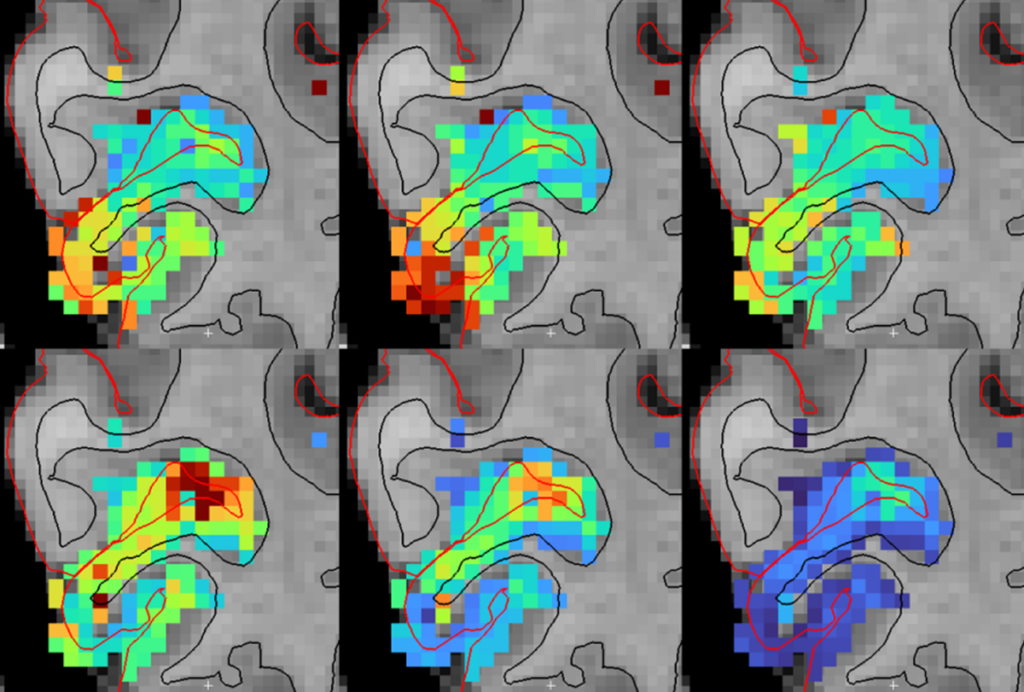Young adults with autism flounder in face of service gaps
A dearth of job-training programs and other services means that many young adults with autism struggle to lead productive, independent lives, suggests a national report.
I am the mother of Elijah, a 25-year-old young man on the autism spectrum. When he received his diagnosis at age 4, following two years of terrifying seizures, I was teaching German literature at Bard College in New York. I loved being a professor, but when Elijah’s struggles began to have a greater impact on his and my daily life, I chose to switch careers and concentrate on education and advocacy — for him, and also for other children with autism.
During Elijah’s time in school, I saw gaps in knowledge and help for those on the spectrum. Although my focus at the time was on children, the lack of services has persisted, undermining a whole generation of youth with autism through their school years and into young adulthood.
This topic is of urgent importance: An estimated half million young Americans with autism will make the transition to adulthood over the next decade. A report released in April captures the story of this overlooked generation in hard numbers.
When Elijah was 9 and 10 years old, he was repeatedly bullied by a group of students at his public school. Yet he received little support from teachers and administrators, who were largely untrained in dealing with students with autism. He began having difficulties in the classroom. He had frequent outbursts, saying he wanted to kill himself, but teachers dismissed his behavior as a de facto expression of autism rather than as a sign of a communication deficit that proper support strategies could help remedy.
Something had to change — and fortunately, it did. With generous funding from a local philanthropist in our hometown of Woodstock, New York, and with cooperation from the school district, I helped build a nonprofit educational program for middle and high school children on the spectrum. The program drew students from nine local districts. Within weeks of opening in 2002, the Autistic Strength, Purpose and Independence in Education School, or the ASPIE School as we called it, was already at capacity — 8 students the first year and 16 the second.I read his outbursts as the cry for help that they were. At the end of fifth grade, Elijah became severely depressed. He often refused to go to school and, once there, was repeatedly sent to the school psychologist, who conducted the mandated suicide assessment over and over. Yet none of these professionals gave him ways to confront the challenges that define autism.
Telling statistics:
I should have known that we were onto something when families from across the country began calling the school, wanting to move to our community so their children could enjoy a more positive school experience. It wasn’t just the academic curriculum, although this was designed specifically for children on the spectrum. Teachers supported communication and social skills development in the classroom. Educational staff also empowered students to advocate for themselves in the classroom and outside of school by bolstering students’ knowledge about their disability.
The need for these kinds of targeted programs and career services has grown enormously. Two decades ago, when Elijah received his diagnosis, just 4 in 10,000 children had an autism diagnosis. Today, according to the U.S. Centers for Disease Control and Prevention, the rate is roughly 1 in 68.
In April, the A.J. Drexel Autism Institute in Philadelphia published the first report documenting the effects of insufficient support for young people like Elijah. The report exposes a dramatic drop off in services, what it terms a “services cliff” that young adults experience as they transition from secondary education into the larger world.
The key findings of the 68-page report read like the story of Elijah’s life, validating what many families know is amiss. The findings also quantify the implications of systemically ineffective planning for the transition to adulthood and reveal the hardships young adults face as they make their first, fledgling attempts to negotiate life after school.
Like Elijah, roughly half of his peers are bullied in school. Only 58 percent had a transition plan in place by the federally mandated age of 16. (Even though I was working in the field, Elijah never had an adequate plan at any age from the public school.)
Approximately one in four young adults on the autism spectrum, my son included, receive no services that could help them become employed, continue their education or live independently. More than one-third are “disconnected during their early 20s,” the researchers found, meaning they never get a job or continue education after high school. Elijah experienced this same isolation in his early 20s.
The biggest deterrent to developing evidence-based programs for people with autism is the lack of available data. “Our situation is like driving a car through the fog with no dashboard,” says Paul Shattuck, director of the institute’s Life Course Outcomes Program.
Looking forward:
As hard as our struggles have been, it is my nature to be hopeful about the future. I hope that the alarming results from the report will lead to more productive solutions.
Some organizations have already begun establishing programs that use evidence-based methods to anticipate the needs of young people transitioning into adulthood.
For example, Phoenix-based First Place Arizona creates and assesses solutions for employment, postsecondary education and living arrangements for adults with autism and other disorders. Ascendigo, Inc. of Carbondale, Colorado, is another progressive solution, offering varied challenges in outdoor education and sports for adults with autism.
The Drexel Institute is embarking on a project that will examine how various groups within the autism community — adult service providers, researchers and people with autism themselves — think about outcomes. “How measures are applied is all over the map,” says Anne Roux, who led the institute’s report, “most often with no input from adults themselves, families or communities.”
People with autism are also serving as their own change agents. The Autistic Global Initiative, a program I direct for the nonprofit Autism Research Institute, is made up entirely of adults with autism working in the disability, medical, advocacy and education fields. The initiative develops training programs and provides advice to organizations from the very people they aim to help.
Three years after I started the ASPIE School, a budget crisis at the partner school forced our program to close. Elijah moved to a private school and later, at age 20, worked hard to complete his high school equivalency. He diligently sought employment and worked at small jobs for brief periods, completing a few community college courses and earning mostly As and Bs.
As he celebrated his 25th birthday last month, Elijah also marked his first full year of part-time employment clearing tables at a restaurant in Woodstock. He rents a studio apartment and makes ends meet on modest paychecks and social security income. He calls me every few days, often to share stories about his coworkers — who value his sense of humor and work ethic — or to solve some problem he’s grappling with. As he takes on more responsibility at work, for example, he’s trying to figure out how to ask his boss for a raise.
Elijah and his peers with autism have always been overachievers working against great societal odds. Now we have the national indicators report as proof of that perspective. It’s up to schools and publicly funded agencies that support people with disabilities to take this information as a call to action and to begin directing young people with autism toward employment, community engagement and fulfilling lives.
Recommended reading
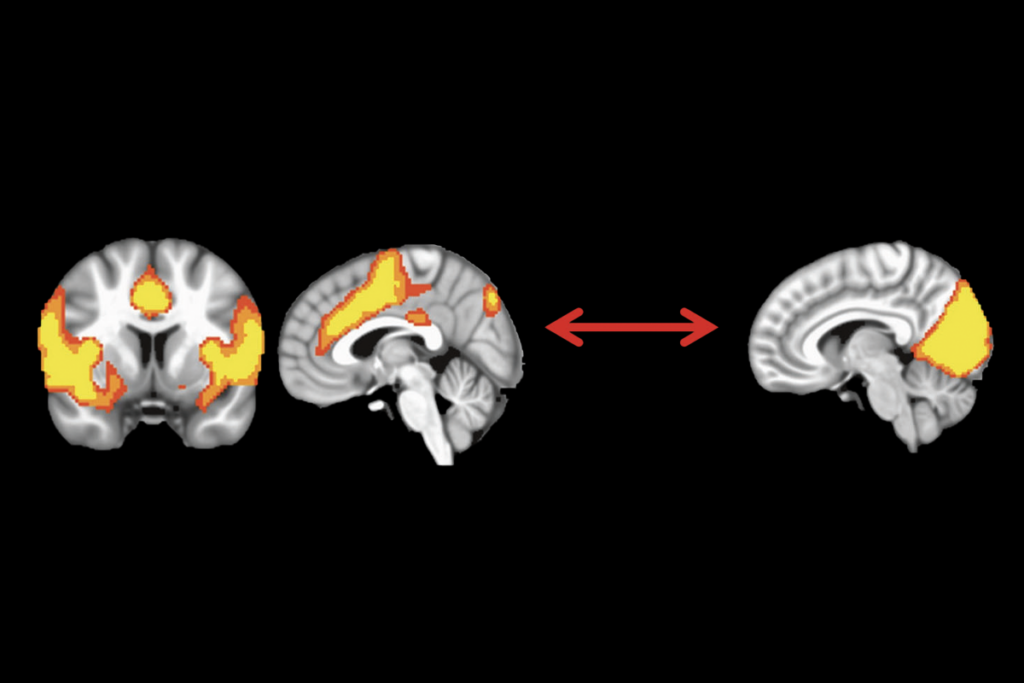
Developmental delay patterns differ with diagnosis; and more

Split gene therapy delivers promise in mice modeling Dravet syndrome
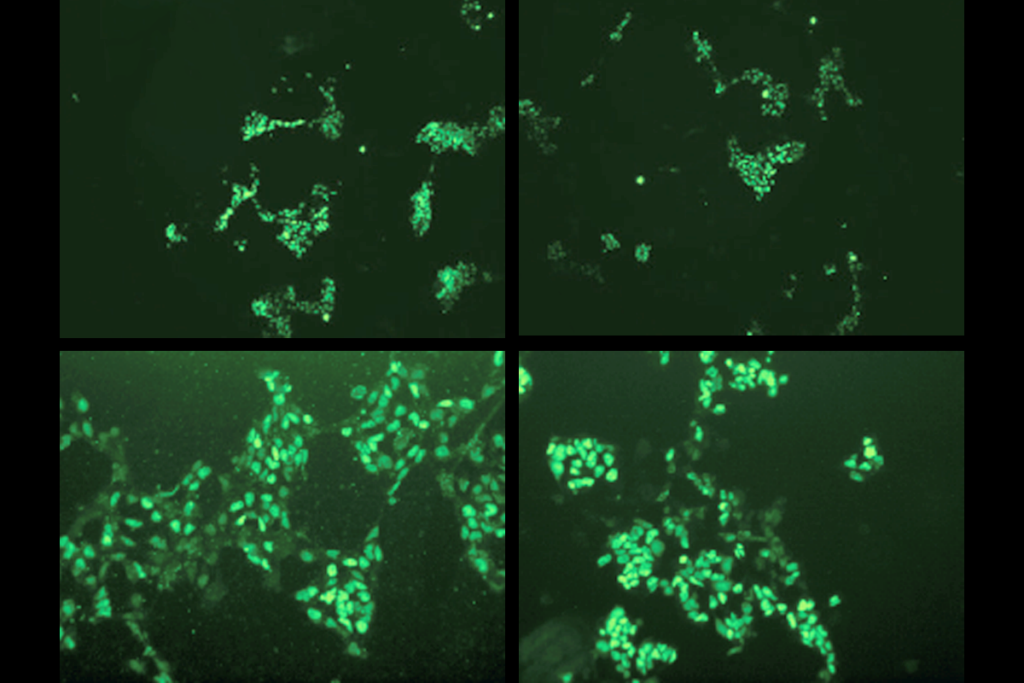
Changes in autism scores across childhood differ between girls and boys
Explore more from The Transmitter
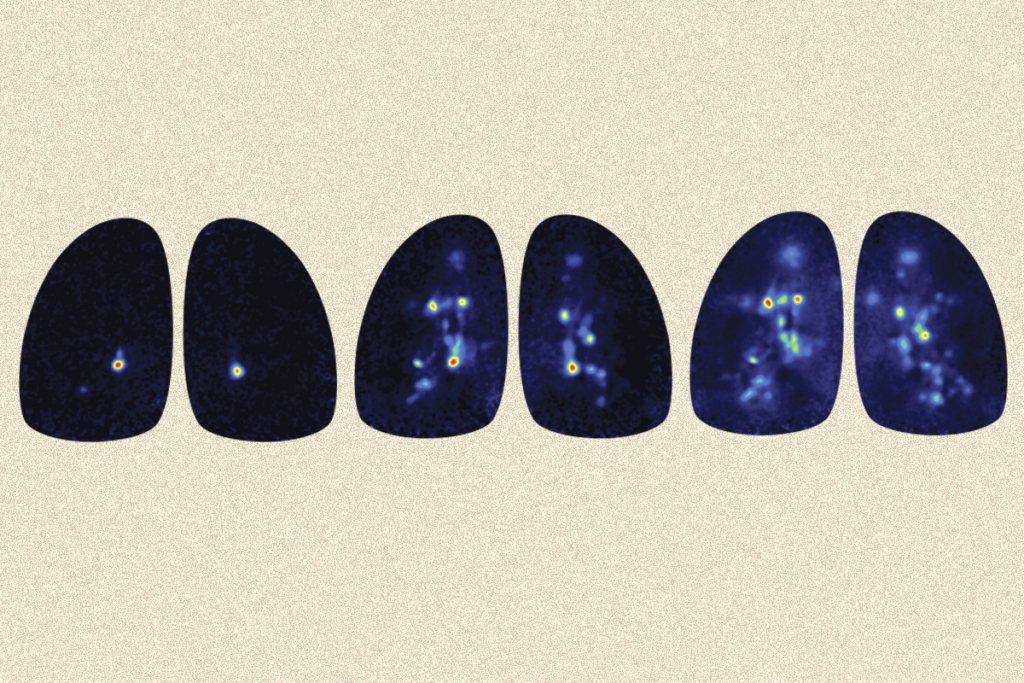
Smell studies often use unnaturally high odor concentrations, analysis reveals
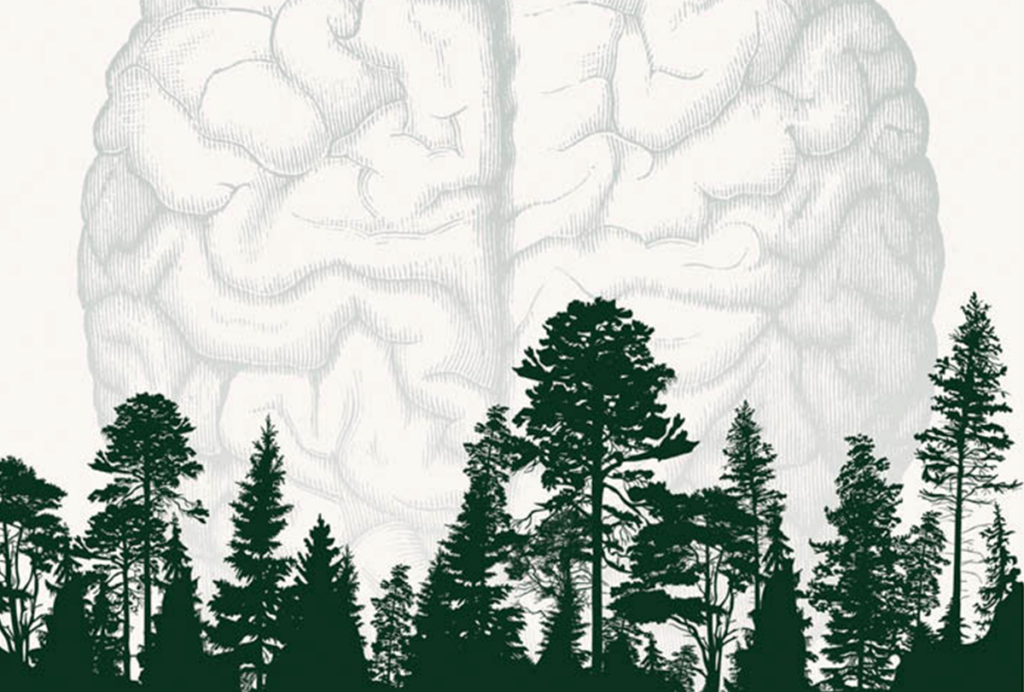
‘Natural Neuroscience: Toward a Systems Neuroscience of Natural Behaviors,’ an excerpt
